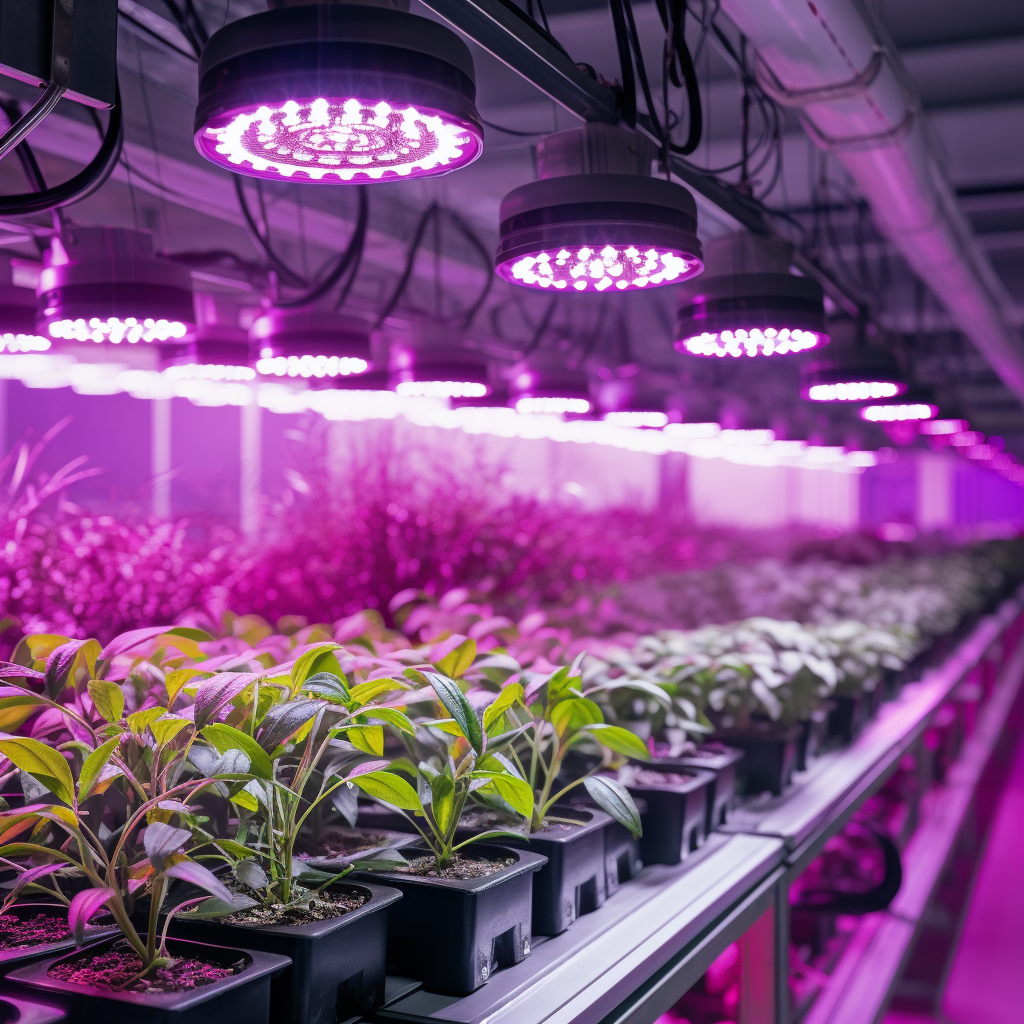Introduction
The world of horticultural lighting, particularly grow lights, is expanding rapidly, with technological advancements shaping the way we approach indoor farming. A critical component of these systems is power cabling, which has different standards and regulations across the globe. Understanding the differences between global and U.S. standards in power cabling for grow lights is essential for manufacturers, distributors, and end-users. This blog post aims to shed light on these differences, highlighting what sets U.S. standards apart and the impact of these variations on the global market.
Understanding Power Cabling Standards
Power cabling standards are established to ensure safety, efficiency, and compatibility in electrical systems. These standards cover aspects such as cable construction, material use, electrical properties, and safety testing. While global standards provide a framework for international compatibility and safety, individual countries, like the U.S., often have additional or unique requirements.
Key Global Standards
- IEC Standards: The International Electrotechnical Commission (IEC) sets international standards for all electrical, electronic, and related technologies. IEC standards for power cabling include specifications for construction, testing, and performance.
- CE Marking: The CE mark, mandatory in the European Union, signifies that a product meets EU safety, health, and environmental protection requirements.
- RoHS Compliance: The Restriction of Hazardous Substances Directive limits the use of specific hazardous materials in electrical and electronic products, including power cables.
U.S. Standards
- Underwriters Laboratories (UL) Certification: UL is a widely recognized American safety certification organization. UL certification for power cables signifies compliance with U.S.-specific safety standards and testing procedures.
- National Electrical Code (NEC): The NEC is a region-specific standard for the safe installation of electrical wiring and equipment in the United States. It includes specific provisions for electrical systems used in horticultural environments.
- American Wire Gauge (AWG) System: The AWG system, used predominantly in the U.S., specifies the diameter of conductive wires, impacting the current-carrying capacity and resistance of the cables.
Comparing Global and U.S. Standards
- Safety and Testing Rigor: U.S. standards, particularly UL certification, are often considered more rigorous in terms of safety testing compared to some global standards. This rigorous testing can lead to higher confidence in product safety and performance.
- Material and Construction Differences: There may be variations in the materials and construction of cables due to different regulatory environments. For example, the U.S. might have specific requirements for insulation or conductor materials that differ from global standards.
- Environmental and Health Regulations: U.S. standards may place different emphasis on environmental and health aspects, such as the exclusion of certain toxic materials, compared to international counterparts.
Impact on Manufacturers and Consumers
For manufacturers, understanding these differences is crucial for designing products that meet specific market requirements. It can affect export strategies and product development. For consumers, particularly those in the U.S., it’s important to ensure that the power cabling for grow lights adheres to local standards for safety and efficiency.
Conclusion
Navigating the differences between global and U.S. standards in power cabling for grow lights is vital for ensuring compliance, safety, and market success. As the industry grows, staying informed and adaptive to these standards will be key for manufacturers and consumers alike.
Whether you’re a global manufacturer looking to enter the U.S. market or a domestic grower seeking the best in power cabling, WiringLabs offers expertly crafted solutions that meet both U.S. and international standards. Contact us to learn more about our compliant, safe, and efficient power cable offerings for grow lights.
